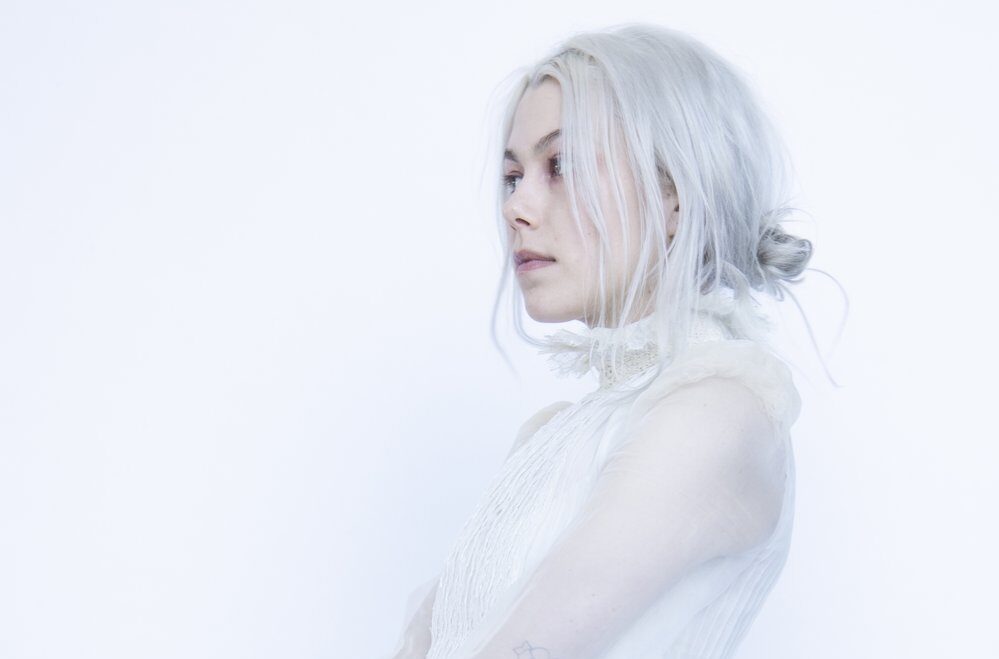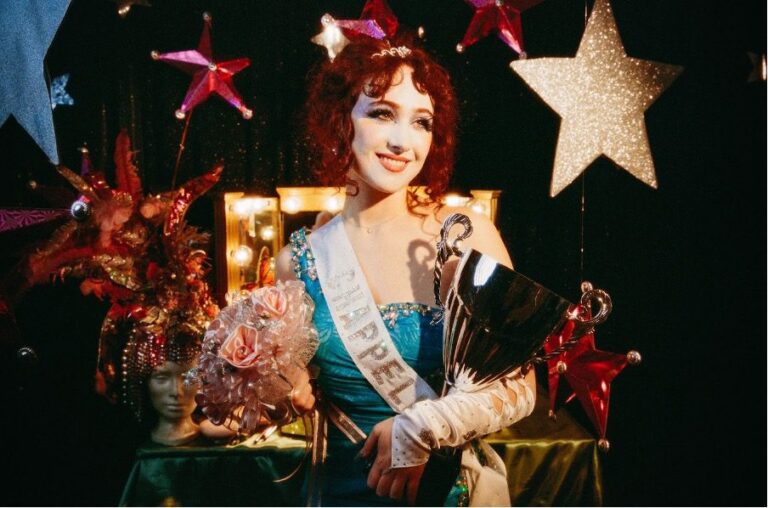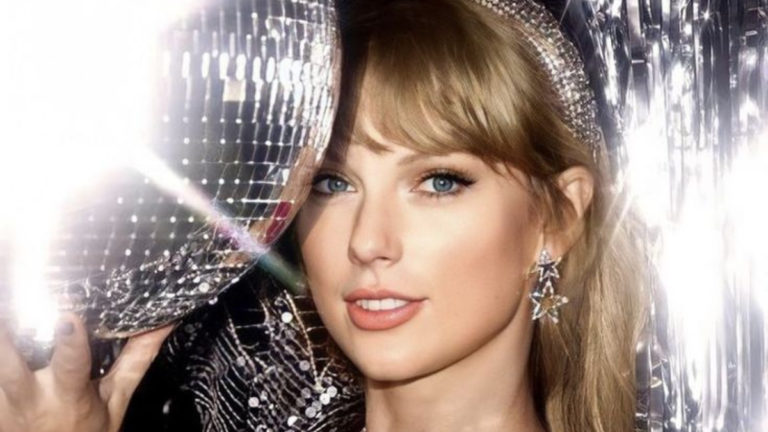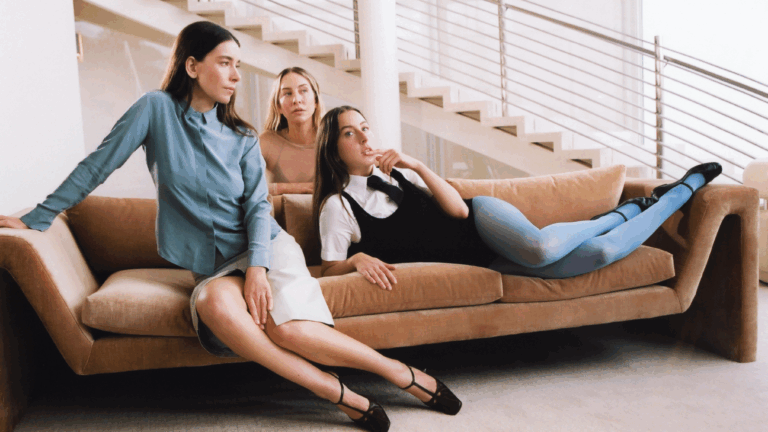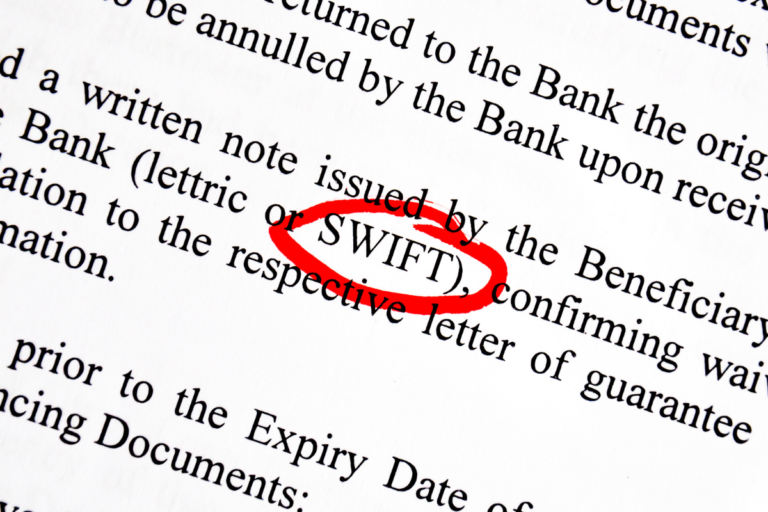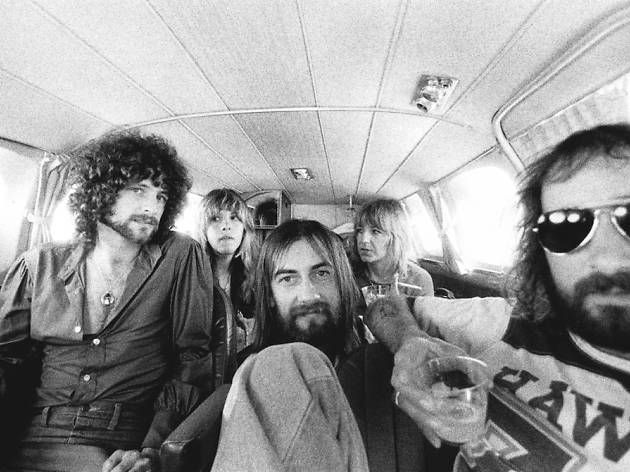Why Sad Girl Pop is Striking The Right Chord
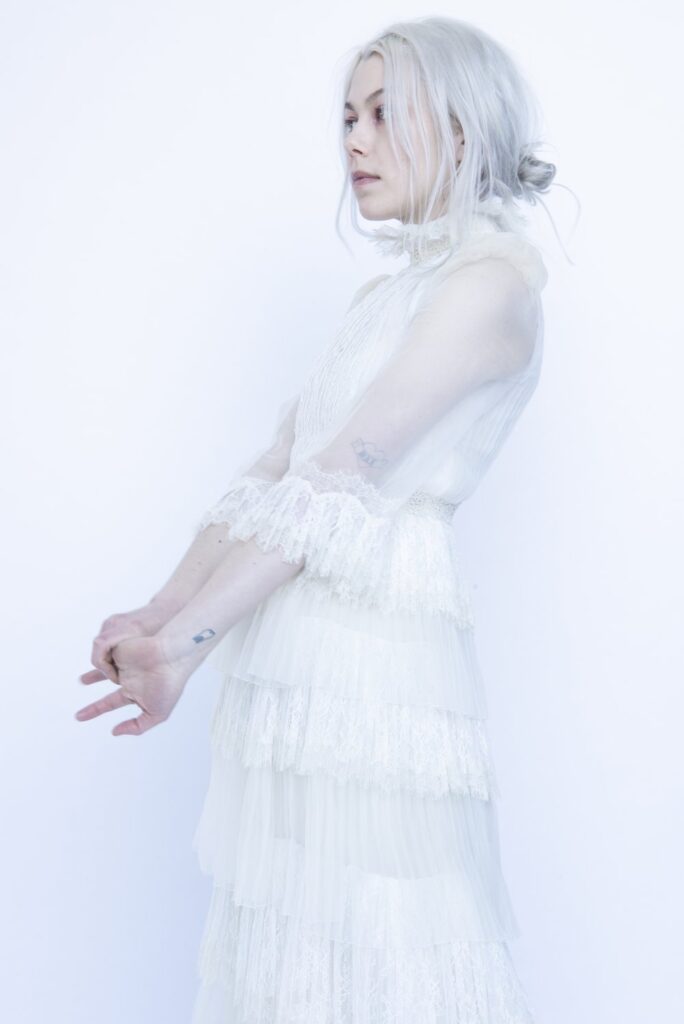
“There is definitely empowerment to be found in vulnerability, and the solidarity that vulnerability creates between an artist and their fans.”
Sad Girl Music (noun): a collection of contemporary songs, by female pop and indie artists, that often convey feelings of heartbreak, nostalgia, and melancholy. See also: ‘bangers’
A year ago, in the midst of rising Covid cases and increasing stress from work, I decided to listen to Taylor Swift for the first time. I mean, really listen. Fast forward three-hundred and sixty-five days, and she is my most-played Spotify artist of all time. How did a former teenager adorned with a leather jacket, black eyeliner, and ripped tights, go from screaming Fall Out Boy in the mirror, to wearing knitted cardigans and crying over songs about the Lake District? It’s not just Swift either; I’ve pretty much gone from exclusively listening to men sing their woes about women that have hurt them, to my music catalogue consisting entirely of women in the space the past year. Phoebe Bridgers, Lucy Dacus, Lorde, Mitski, and more; I’ve traded in what I thought was ‘cool’ for something that actually speaks to my soul, and for lyrics that touch on all aspects of modern life. Times are changing, and now, more than ever, people want artists to reflect their fans, rather than to give us a false ideal that we should ‘aspire to’. Call it feminism, or call it pessimism: ‘sad girl music’ is here to stay, and I want to know why.
The Gen Z of the late nineties grew up to the sweet sounds of the Spice Girls and Girls Aloud; we were plied with this message of girl power, whilst simultaneously being fed daytime TV and magazines that only sought to ridicule perfectly healthy women. For me, it’s always begged the question: is it really ‘girl power’ if it was purposefully manufactured by men to make money off of teenage girls? Was it really ‘girl power’ for the working-class girls of Britain when Mel B infamously called Maggie Thatcher an inspiration? I’m not saying it’s not good; you can catch me in the pub on any given Friday screaming every single word to ‘Wannabe’, but the music never seemed to reach farther than being in love (with men) or complaining about them. In the decades since then, Gen Z has grown up consistently exposed to war, terrorism, murder, and famine every day; it no longer shocks us. We’ve lived through recession and years of austerity; the world is a much different place for us today than it was back then. It’s worth noting that all of this change is taking its toll on young people; mental illness now affects 1 in 8 of us, compared to 1 in 10 fifteen years ago. Is it really any surprise that music trends are once again shifting toward melancholy and blue?
I should mention that, whilst ‘sad girl music’ seems to be a relatively recent online phrase, women have been singing with raw and unfiltered honesty for decades. In 1971, my favourite album of all time was released; Joni Mitchell’s ‘Blue’. The sadness of Blue reflected issues that faced Mitchell in the society of the late 60s and early 70s; forced adoption, and the Vietnam War, to the drug addiction that plagues so many musicians to this day, the songs always told the stories that people really cared about. Today, Mitchell is a pioneer, but back then she was a sad woman singing sad songs about her feelings. Sound familiar?
I spoke to a few fans of sad girl music, to ask them why they think that these songs resonate so deeply with Gen Z. Music and culture journalist, Ray Sang (@raysangxoxo), said the following of one of her favourite artists, Birdy:
“The reason so many people connect with artists like Birdy is that they make you feel seen. They have a way of describing exactly what it is you’re experiencing at a point where you often feel misunderstood […] The ‘sad pop girls’, as they’re often referred to [as], create a safe space to work through those emotions. They very much allow their fans to feel like it’s okay not to be smiling all the time, that sadness or difficult emotions don’t always have to be ugly and that processing those feelings is an important journey many of us need to go on.“
To me, this feels like a stark contrast to the ‘girl power’ and constant positivity pedalled by female musicians in the past. There is definitely empowerment to be found in vulnerability, and the solidarity that vulnerability creates between an artist and their fans. Even if you take groups like Little Mix, who have gone from pure commercial ‘girl pop’ in 2011, to openly discussing real issues like racism and body shaming in the industry. Where their music may not fall into the reaches of ‘sad girl’, they also seem to have tapped into the same core message outside of the studio. It’s always been easy to shout ‘girl power’ when you’re coming from a place of money and success, but I think artists across the globe are realising that there’s a lot to be found when you allow your fans to connect with you on a deeper level as well. Mental illness, insecurity, financial struggle, and despair are affecting more of us than ever, and, as Ray says, when artists create a safe space to work through those emotions, it benefits the fans more than they can know.
I asked Kate, who is a Linguistics student from Brighton, about this shift in trends. She told me that, “[in the past] there was more of an assumption that we (women) listened to groups like Sugababes, The Spice Girls, Girls Aloud, all groups that were made fun of for being girly. Also, it was super commercialised, and sexualised, especially as music videos were such a big part of the industry. Then, at the same time, women in these groups were made fun of and objectified by men in the media. Sad girl pop is different, it seems to be less commercial and more real. And perhaps, as a sign of the times, taken more seriously than female artists of 90s 00s.”
I asked Kate if she thinks that there is a difference in the way female indie musicians were treated back then, as opposed to today. She thinks that there is, referencing bands like The Cranberries and Mazzy Star, “because even though those bands were global successes, the indie-rock and Brit Pop scenes were dominated by men, like Oasis and Blur, that’s all people cared about. Nowadays, some of the biggest names in the indie scene are women, which I think is so cool.“
Lizzie, a recent grad from Leeds, feels that sad girl music really reflects how we’re all feeling right now, “Honestly, everyone is depressed“, she says. “The world is melting, the government doesn’t care, [we’re all] working a 9-5 job and not really getting much out of it. [Sad girl pop] is such a funny, and great escape route to just really look at the world and realise that everyone is sad, and we can all just sing about it. I also think it’s such a sick way for women to hold each other up in the industry, it does feel like a progression of 90’s emo pop punk, which I think is awesome and very appealing to young women (and men) too!“
When talking about the links between ‘sad girl music’ and the mental health crisis we’re currently seeing in the UK, Lizzie said the following: “[Sad girl pop] makes me feel seen. As lame as that is, I think […] the feeling of being alone, or thinking what you’re feeling is wrong, is made much better when you can put on a song and be like “oh yeah other people feel like this and can still live a full life.”
Lizzie’s words hit deep here; I think anyone who has struggled with the state of their mental health understands her. When I think of international superstar, Phoebe Bridgers, and all that she has achieved alongside being extremely open about her ongoing depression, it makes me feel that I too can have the ‘full life’ that Lizzie talks about. Bridgers has been nominated for three Grammys, and recently started a record label of her own; she inspires people like her, without damaging their own self-worth in the process. Is that not more powerful than the commercial pop groups we were told we should love?
Social media, for all its downfalls, has allowed us to take control of the art that we want to consume, and to be the ones who get to decide the trends for the first time in history. As Kate told me, “apps like TikTok have given a lot of attention to the sad girl artists.” Rather than industry moguls auditioning thousands of girls in the hope of finding the ‘next big thing’, small indie artists, like beabadoobie, only have to have a dedicated fan base, and one TikTok hit, to launch the next chapter in their career.
With all the people I have spoken to when writing, one thing is clear: sad girl music is the mirror that we hold up to the world today. It’s music that moves us, elates us, and makes us feel seen. There’s a comfort to be found in that sadness, and in knowing that you are not alone; there’s a community of fans and artists out there that understand and acknowledge you. Whilst there will always be room in our hearts for dance and joy, sometimes we just need a place to let it all out.

